Picture this: You’re floating weightlessly through the vast emptiness of space, millions of miles from Earth, when invisible bullets of energy pierce through your spacecraft’s hull and tear through your body at nearly the speed of light. These aren’t science fiction weapons—they’re cosmic rays, and they’re bombarding every astronaut who ventures beyond our planet’s protective magnetic shield. While we’ve conquered the technical challenges of getting humans to space, we’re only just beginning to understand how these high-energy particles could fundamentally alter our DNA and threaten the future of human space exploration.
The Nature of Cosmic Radiation

Cosmic rays are high-energy particles that originate from deep space, carrying energies millions of times greater than anything we can produce on Earth. These particles include protons, alpha particles, and heavier atomic nuclei that have been accelerated to incredible speeds by supernova explosions, black holes, and other violent cosmic events. Unlike the familiar electromagnetic radiation we experience as sunlight, cosmic rays are actual matter moving at relativistic speeds.
The energy levels of these particles are truly staggering—some carry more energy than a fastball thrown by a professional baseball pitcher, concentrated into a space smaller than an atom. When these particles collide with matter, they create cascades of secondary particles that can penetrate deep into materials and biological tissues. On Earth, our atmosphere and magnetic field deflect most cosmic rays, but in space, there’s no such protection.
How Cosmic Rays Interact with Human DNA
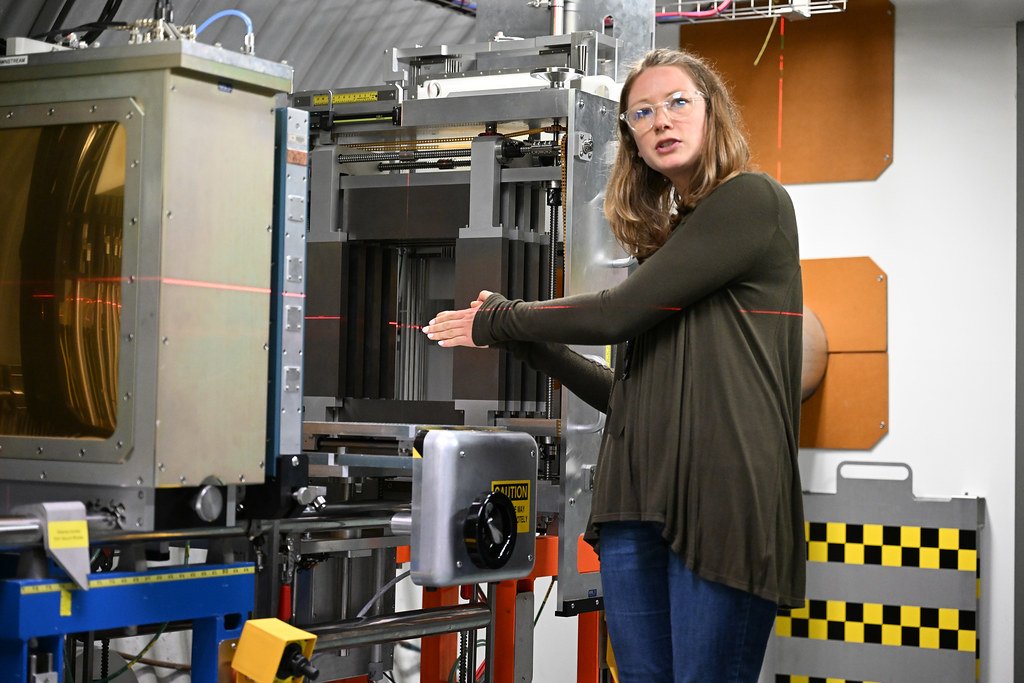
When a cosmic ray particle strikes a human cell, it’s like a microscopic explosion that can shatter the delicate molecular structure of DNA. The particle’s immense energy creates a track of ionization as it passes through tissue, breaking chemical bonds and creating highly reactive free radicals. These free radicals then cascade through the cell, causing additional damage to proteins, lipids, and most critically, the DNA double helix.
The damage isn’t just surface-level—cosmic rays can cause complex DNA lesions that are far more difficult to repair than typical radiation damage. Unlike X-rays or gamma rays that might break one or two DNA strands, a single cosmic ray can create clustered damage sites with multiple breaks, deletions, and chemical modifications all within a small region. This creates a repair challenge that cells have rarely encountered in Earth’s evolutionary history.
The Difference Between Earth and Space Radiation
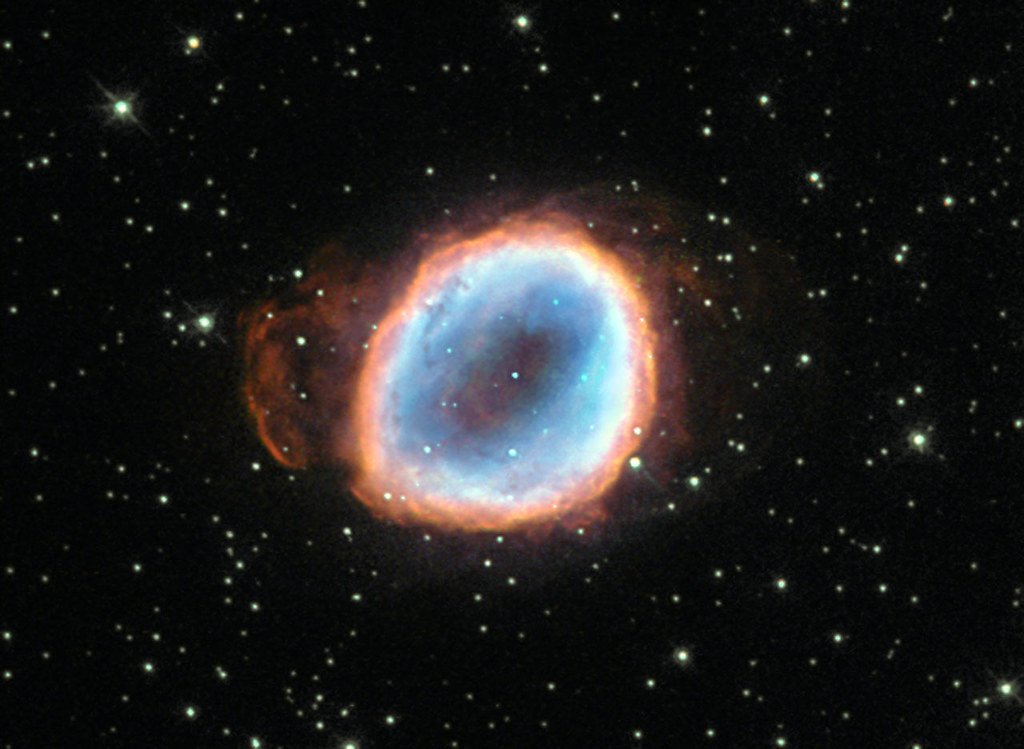
The radiation environment in space is fundamentally different from anything humans have evolved to handle. On Earth, our magnetic field acts like a giant shield, deflecting most cosmic rays away from our planet. The atmosphere provides an additional layer of protection, absorbing and scattering the particles that do make it through. The result is that we receive only about 0.3 to 0.4 millisieverts of cosmic radiation per year at sea level.
In space, astronauts face a radiation environment that’s 100 to 1,000 times more intense than on Earth’s surface. The International Space Station, still within Earth’s protective magnetosphere, exposes crew members to about 150 millisieverts per year. But on a mission to Mars, astronauts would encounter radiation levels of 400 to 900 millisieverts during the journey alone. This represents a complete departure from the evolutionary pressures that shaped human DNA repair mechanisms.
Galactic Cosmic Rays vs Solar Particle Events
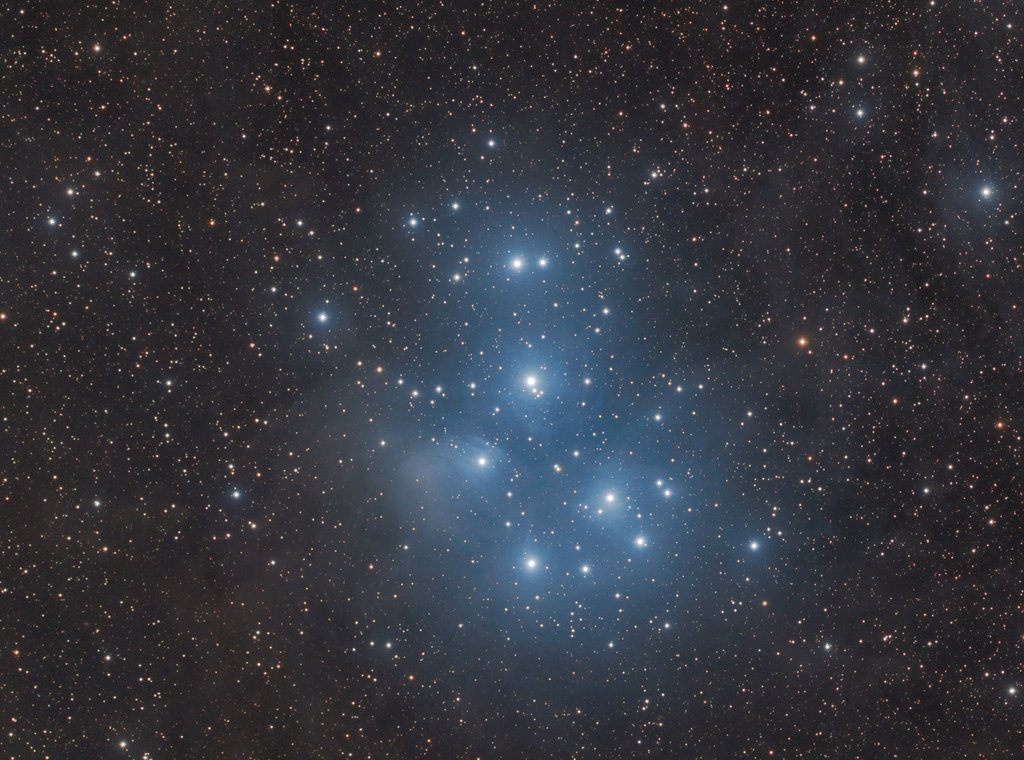
Space radiation comes in two main flavors, each presenting unique challenges to human health. Galactic cosmic rays provide a constant background of high-energy particles that stream through space from distant stellar explosions. These particles are relatively sparse but incredibly energetic, creating the most biologically damaging type of radiation exposure. They’re like cosmic snipers, delivering precise, devastating hits to cellular targets.
Solar particle events, on the other hand, are like radiation storms that can flood space with lower-energy but numerous particles when the sun becomes active. These events can increase radiation exposure by factors of 10 to 100 during major solar flares. While spacecraft can be designed with radiation shelters to protect against solar particles, galactic cosmic rays are virtually impossible to shield against completely without massive amounts of material that would make spacecraft prohibitively heavy.
DNA Repair Mechanisms Under Cosmic Assault

Human cells have evolved sophisticated DNA repair systems to handle the routine damage from natural radioactive decay and ultraviolet light. These systems work like molecular mechanics, detecting damaged DNA segments and either repairing them or triggering cell death if the damage is too severe. The homologous recombination pathway can fix double-strand breaks, while base excision repair handles single-base modifications.
However, cosmic rays create types of damage that can overwhelm these repair systems. The clustered lesions caused by high-energy particles often involve multiple types of damage within a few nanometers of each other. It’s like trying to repair a watch that’s been hit by a sledgehammer—the damage is so complex and interconnected that normal repair mechanisms simply can’t cope. This can lead to persistent chromosomal aberrations, gene mutations, and cellular dysfunction.
Cancer Risk from Cosmic Radiation Exposure

The most well-documented health risk from cosmic radiation is an increased likelihood of developing cancer. NASA estimates that a mission to Mars would increase an astronaut’s lifetime cancer risk by 3 to 5 percent above normal levels. This might sound modest, but it represents thousands of additional cancer cases if space travel becomes routine. The risk is particularly concerning because cosmic rays can cause the exact types of DNA damage that lead to oncogenic mutations.
Unlike cancer caused by chemical carcinogens or conventional radiation, cosmic ray-induced cancers may have unique characteristics. The high-energy particles can cause large deletions in chromosomes, complex rearrangements, and mutations in multiple genes simultaneously. Some research suggests that cosmic ray exposure might lead to more aggressive cancers that are harder to treat, though this area of research is still developing.
Cardiovascular Effects of Space Radiation
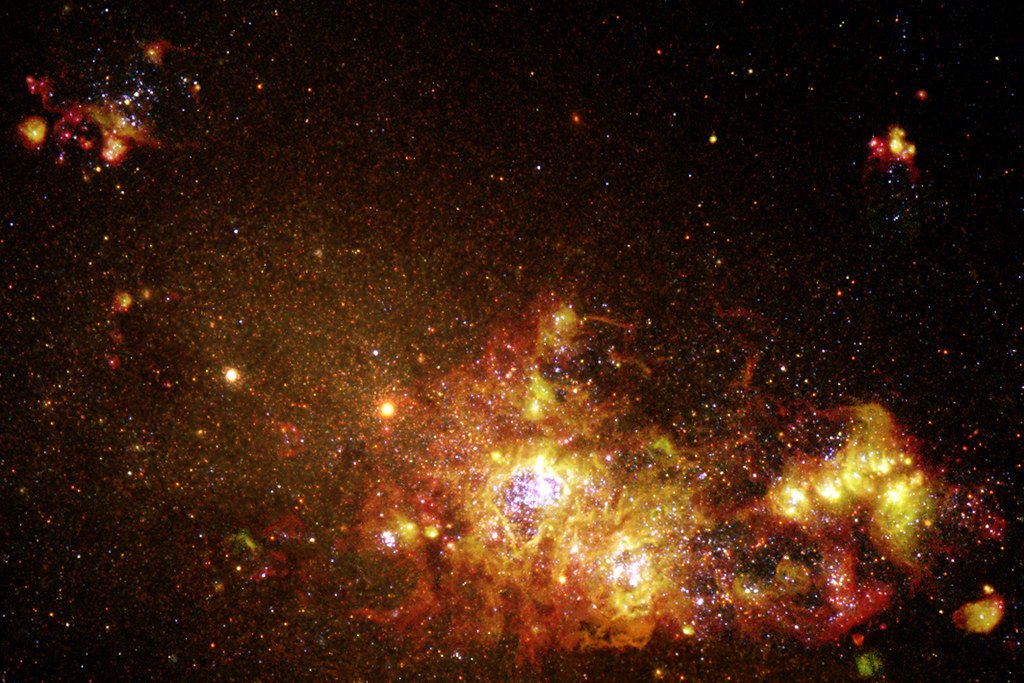
Recent research has revealed that cosmic rays don’t just increase cancer risk—they can also damage the cardiovascular system in ways that scientists are only beginning to understand. Studies on mice exposed to simulated cosmic radiation have shown accelerated atherosclerosis, increased arterial stiffness, and impaired heart function. The radiation appears to damage the endothelial cells that line blood vessels, triggering inflammatory responses that promote heart disease.
Apollo astronauts, who ventured beyond Earth’s magnetic field during lunar missions, show statistically higher rates of cardiovascular disease compared to astronauts who only flew in low Earth orbit. While the sample size is small, this finding suggests that even brief exposure to deep space radiation can have lasting effects on heart health. The implications for longer missions to Mars or beyond are deeply concerning.
Neurological Damage and Cognitive Impairment
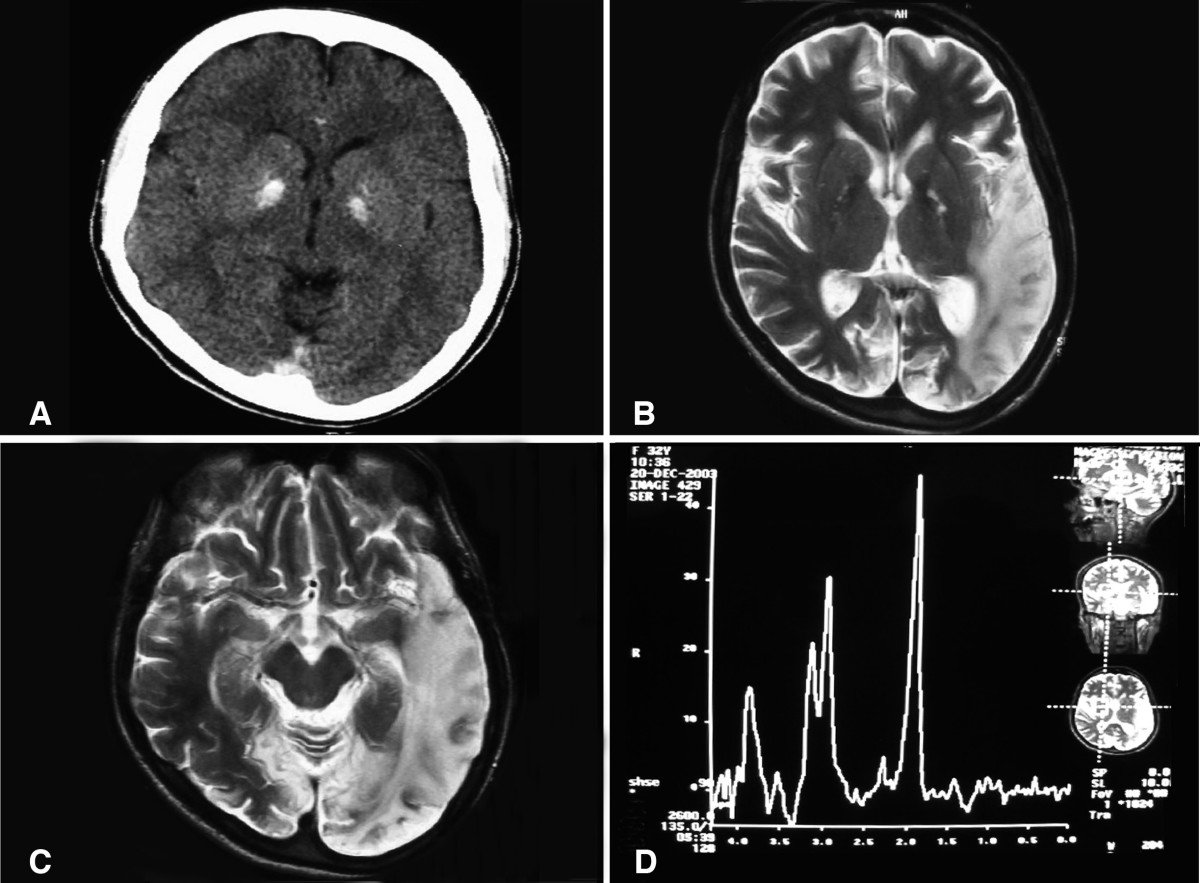
Perhaps most alarming of all, cosmic rays can cause direct damage to the brain and nervous system. High-energy particles can kill neurons outright or disrupt the delicate synaptic connections that enable thought and memory. Animal studies have shown that cosmic ray exposure can cause learning deficits, memory problems, and changes in behavior that persist long after the radiation exposure ends.
The brain is particularly vulnerable because neurons don’t regenerate like other cells in the body. When a cosmic ray kills a neuron or disrupts its function, that damage may be permanent. Scientists worry that astronauts on long-duration missions might experience cognitive decline, mood changes, or even dementia-like symptoms. The prospect of an astronaut crew arriving at Mars with impaired mental faculties is a nightmare scenario for mission planners.
Reproductive Health and Genetic Damage

Cosmic rays pose unique risks to human reproductive health and the genetic integrity of future generations. The radiation can damage sperm and egg cells, potentially causing infertility or genetic defects in offspring. Animal studies have shown that cosmic ray exposure can reduce fertility rates and increase the likelihood of birth defects. This raises profound questions about the ethics of sending people of reproductive age on long-duration space missions.
The genetic damage isn’t limited to reproductive cells—cosmic rays can also affect stem cells and other cell types that are crucial for tissue repair and regeneration. This could lead to accelerated aging, reduced healing capacity, and increased susceptibility to age-related diseases. The cumulative effects of cosmic ray exposure might not become apparent until years or decades after a space mission ends.
Current Radiation Protection Strategies
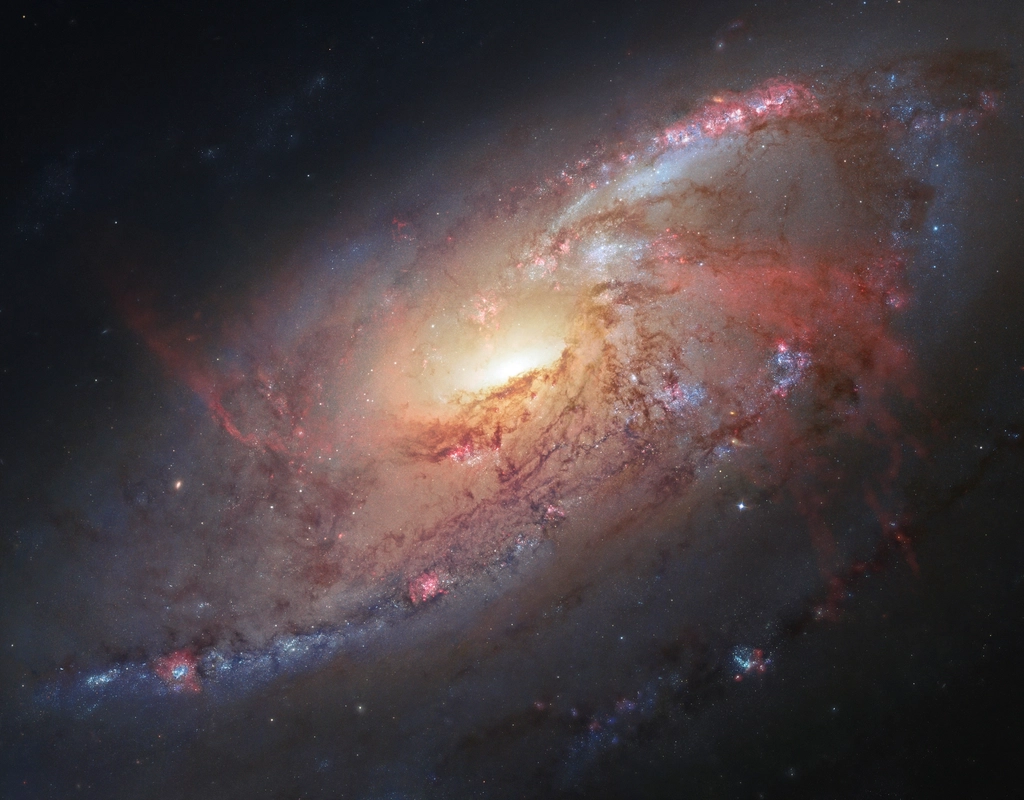
Spacecraft designers are working on various approaches to protect astronauts from cosmic radiation, but all current methods have significant limitations. Traditional shielding materials like lead or aluminum are largely ineffective against high-energy cosmic rays and can actually make the problem worse by creating secondary radiation when particles collide with the shield. Some designs propose using water, polyethylene, or other hydrogen-rich materials that are more effective at stopping cosmic rays.
NASA has explored concepts like magnetic shields that would create artificial magnetospheres around spacecraft, mimicking Earth’s protective field. However, these systems would require enormous amounts of power and may not be practical for long-duration missions. Pharmaceutical approaches, such as radioprotective drugs that could reduce cellular damage, are also being investigated but remain experimental.
The Mars Mission Dilemma
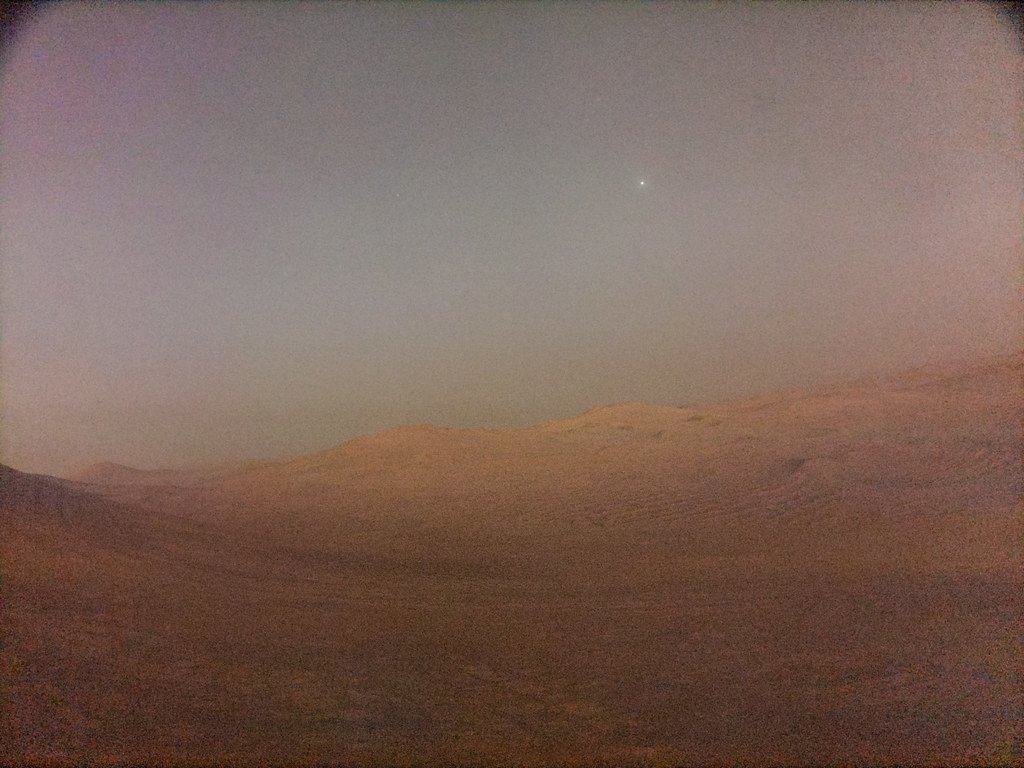
The radiation challenge presents a fundamental obstacle to NASA’s plans for human Mars exploration. A round-trip mission to Mars would expose astronauts to radiation levels that exceed current safety guidelines by substantial margins. The journey itself would take 6 to 9 months each way, during which crew members would be bombarded by cosmic rays with no possibility of retreat to a safe haven.
Mission planners are considering various strategies to reduce exposure, including faster spacecraft that would shorten travel time, underground habitats on Mars that would provide natural shielding, and timing missions to coincide with solar maximum periods when the sun’s activity partially deflects cosmic rays. However, none of these approaches completely solve the radiation problem, and all involve significant technical challenges and compromises.
Biological Countermeasures and Adaptation

Some researchers are exploring whether humans might adapt to cosmic radiation exposure through biological countermeasures or even genetic modifications. This could include developing drugs that enhance DNA repair capabilities, boost antioxidant production, or trigger protective cellular responses. Other concepts involve using beneficial bacteria or engineered organisms to help astronauts cope with radiation stress.
More controversial are proposals for genetic modifications that could make humans more resistant to radiation damage. This might involve incorporating genes from radiation-resistant organisms like tardigrades or certain bacteria. While such approaches remain highly speculative and ethically complex, they represent the kind of radical thinking that might be necessary for truly long-duration space exploration.
Animal Studies and Space Radiation Research
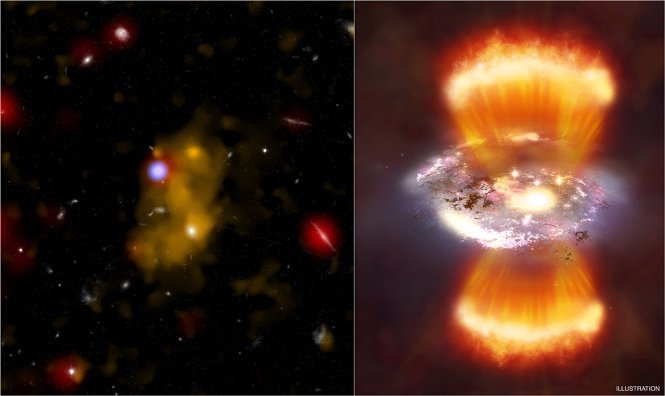
Much of our knowledge about cosmic ray effects comes from studies using laboratory animals exposed to simulated space radiation. These experiments use particle accelerators to create beams of heavy ions that mimic cosmic rays, allowing researchers to study their biological effects in controlled conditions. The results have been sobering, showing significant damage to multiple organ systems and persistent health effects.
However, translating these animal studies to human risk assessment is challenging because of differences in size, metabolism, and DNA repair capabilities between species. Researchers are working to develop better models and biomarkers that can predict human responses to cosmic radiation. Some studies are also examining the effects of radiation combined with other stressors like microgravity, isolation, and psychological pressure.
International Space Station Radiation Studies
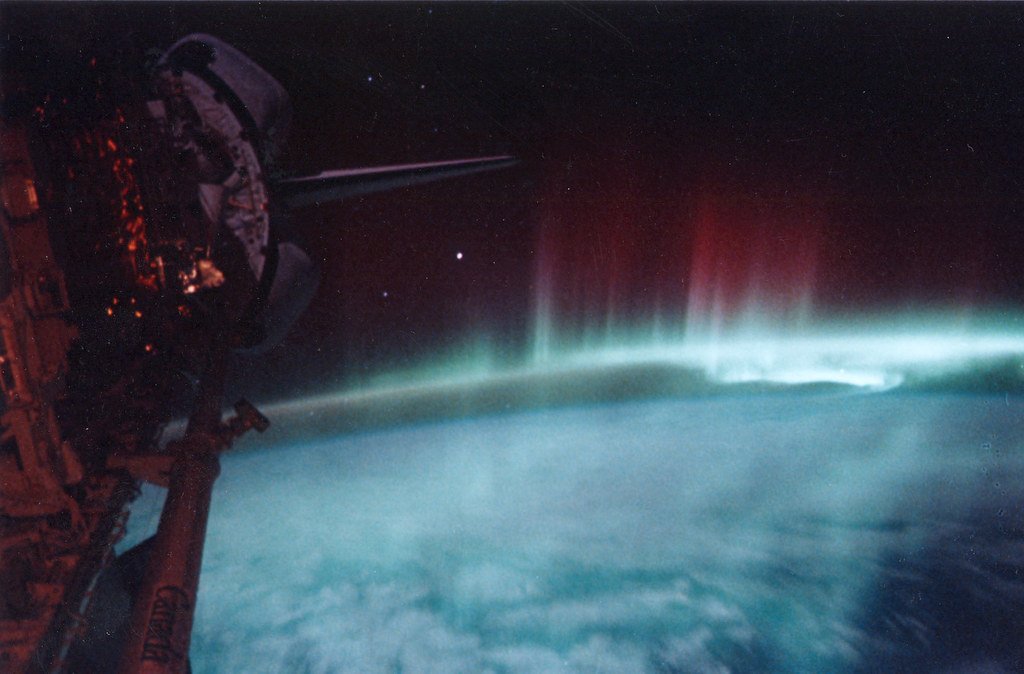
The International Space Station provides a unique laboratory for studying the effects of space radiation on humans, though the radiation environment there is much milder than what astronauts would face on deep space missions. Researchers track radiation exposure using dosimeters and monitor biological effects through blood samples, tissue samples, and comprehensive medical examinations.
Long-duration ISS missions have provided valuable data about how humans respond to chronic, low-level radiation exposure. Some studies have found increased chromosome damage in astronauts’ blood cells, while others have tracked changes in immune function and gene expression. This research is helping scientists understand the early stages of radiation damage and develop better protection strategies.
Future Technologies and Research Directions
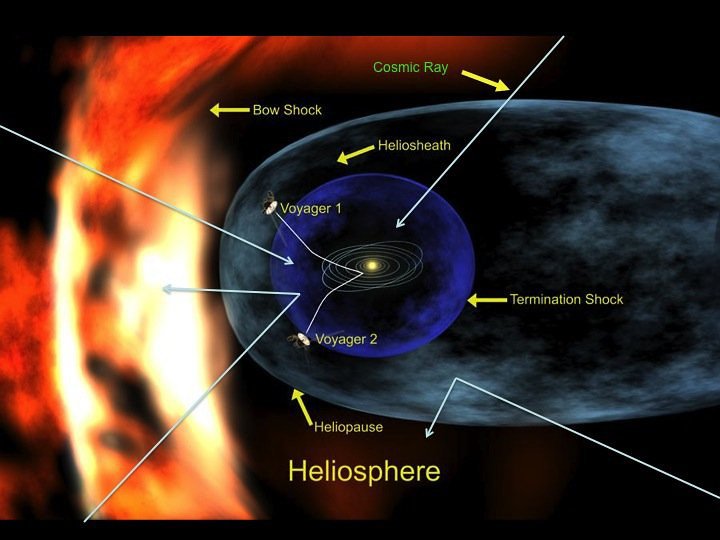
The search for solutions to the cosmic ray problem is driving innovation in multiple fields, from materials science to synthetic biology. Researchers are developing new types of shielding materials, including metamaterials with exotic properties and smart materials that could adapt to changing radiation conditions. Advanced life support systems might include radiation-processing modules that could remove harmful particles from spacecraft atmospheres.
Nanotechnology offers potential solutions through nanoparticles that could seek out and repair cellular damage, or through nanostructured materials that might provide more effective shielding. Advances in gene therapy and regenerative medicine might allow astronauts to repair radiation damage more effectively. Some researchers are even exploring whether artificial intelligence could help optimize radiation protection strategies in real-time during missions.
Ethical Considerations and Acceptable Risk

The cosmic ray problem raises profound ethical questions about acceptable risk levels for human space exploration. How much cancer risk is acceptable for the scientific and exploratory benefits of Mars missions? Should we send only older astronauts who would be less affected by long-term health consequences? These questions become even more complex when considering the potential for genetic damage that could affect future generations.
Some argue that the risks are acceptable given the potential benefits of space exploration and the voluntary nature of astronaut participation. Others contend that sending humans on missions with such high radiation exposure would be unethical given our current understanding of the health consequences. The debate reflects broader questions about how society balances risk and benefit in exploration and scientific advancement.
The Path Forward

Despite the formidable challenges posed by cosmic radiation, human space exploration will likely continue to push beyond Earth’s protective boundaries. The key is developing a comprehensive approach that combines improved shielding, better medical countermeasures, faster spacecraft, and perhaps most importantly, a deeper understanding of how cosmic rays affect human biology. This will require sustained research investment and international cooperation on an unprecedented scale.
The cosmic ray challenge also highlights the importance of robotic exploration and the development of artificial intelligence that could extend human capabilities in space without exposing biological organisms to radiation. As we stand on the threshold of becoming a multi-planetary species, solving the cosmic ray problem may be one of the most important scientific challenges of our time.
The invisible threat of cosmic rays serves as a humbling reminder of just how hostile the universe can be to human life. Yet it also represents an opportunity to push the boundaries of human knowledge and capability in ways that could benefit not just space exploration, but medicine and biology here on Earth. Will we find ways to protect our DNA from these cosmic bullets, or will the radiation environment of deep space forever limit human expansion beyond our home planet?

